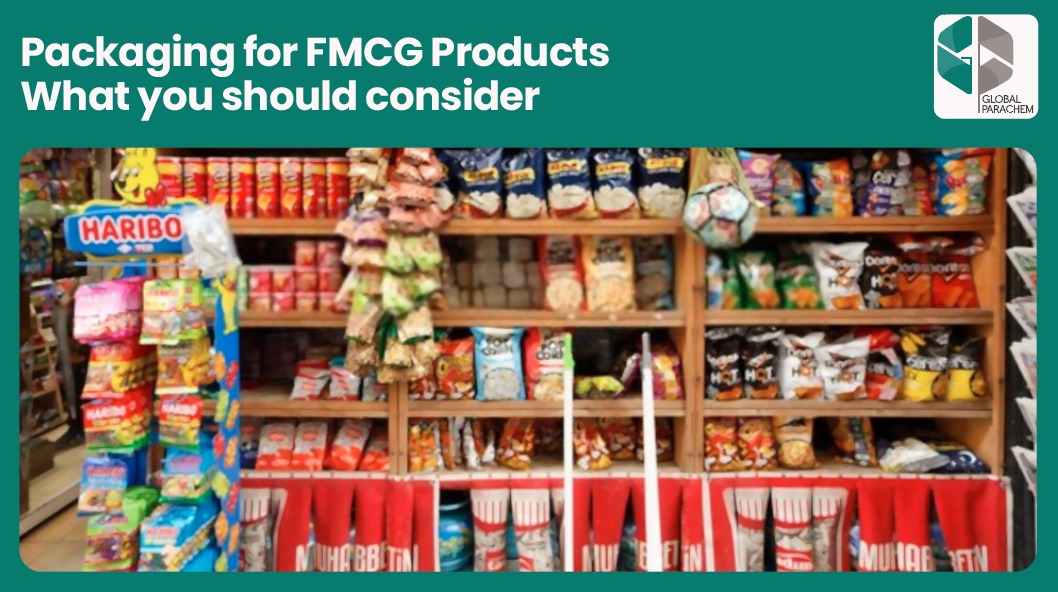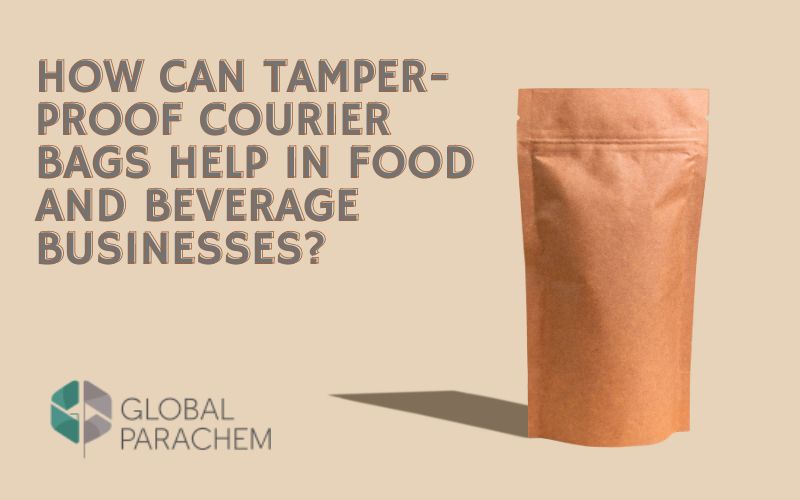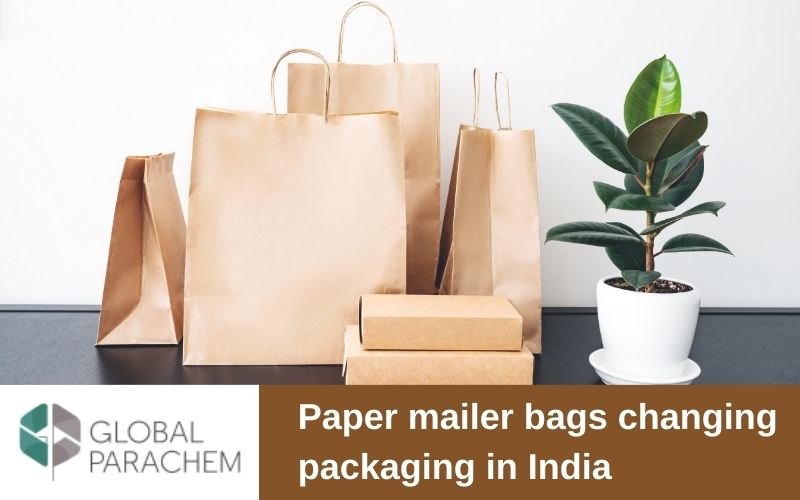
The quote “things do not pass for what they are, but for what they seem” encapsulates one of the most accepted and perhaps most shared of human traits: our love for appearances. We can’t help but like and admire objects, inanimate or not; for how they look, there’s a certain joy in looking at attractive things, and invariably people appreciate and prefers to go for them. The same naturally applies to the impulse of buying and consuming almost all FMCG products on retail shelves. When it comes down to consumer buying behaviour and purchase patterns in FMCG goods, products are first and foremost assessed by their packaging.
Naturally, any first-time buyer’s first interaction with the product will be through its packaging. Beyond what individuals see and feel, the utility and safety of FMCG packaging are equally important to them. However, catchy and attractive packaging is key for gaining new customers, because the first impressions do make the most impact. An FMCG company’s branding and marketing targets can be largely met just through the right packaging.
Packaging requirements vary according to product category, and keeping logistics in mind: some products will need greater protection and durability, like FMCG food products. The food industry sells the most amount of FMCG products and like most industries, it is also trying to figure out ways that will be less impactful on our planet’s health and wellbeing. New food packaging materials are being developed and used with a greater propensity as a result of growing corporate responsibility and the adoption of sound manufacturing and selling practices. Smart and flexible packaging is at the forefront of these food packaging solutions, which is turning heads and moving food manufacturers and consumers alike, making it one of the most sustainable forms of food packaging today.
Flexible packaging for FMCG products
Flexible packaging for FMCG products allows for smart food packaging, which uses fewer raw materials, takes up lesser energy, and emits lesser CO2 during the transportation of food products. Transparent flexible packaging can communicate product quality through direct printing on the surface of flexible packaging materials like pouches and mailers. Retailers can also use flexible food packaging to promote eco-friendly and sustainable buying habits by way of striking graphics and design on the packaging itself. Flexible packaging ensures food safety by providing smart skin protection from non-food products in retail stores, from sneezing or coughing. Consumers can also touch and get a feel of the texture of food products while shopping without risking contamination. Some other common protections which should be accounted for food and beverage products are preserving a product’s moisture, protecting it against sunlight, loss of nutritional value, oxidation, deformation, and denaturing (loss of quality) of proteins.
Apart from the protection FMCG packaging provides, another key function is disseminating product information like food labeling. This information is important for those who buy what they eat after making informed decisions. Key information like directions for use, storage, ingredients, helpline numbers, and any government warnings is also listed on the packaging.
Once you’ve taken care of protecting and transporting your FMCG products, you have to bring your attention to the aesthetics of your packaging. In this world of megastores and online products, the packaging is integral when it comes to your products standing out and grabbing consumer attention. Studies show that new, uninformed customers will invariably buy products that visually appeal to them. Packaging builds brands, enhances aesthetics, and protects products. FMCG packaging must ensure goods are transported, distributed, stored, and warehoused with as little loss during the journey from production to consumption. These considerations make it more convenient for everyone involved in the process. FMCG packaging should also be tamper-proof because the package will secure the goods from foreign elements or changes. High-quality packages always reduce the risk of wastage and loss of quality.
Some packaging never changes, like Amul butter; while some evolve to improve sustainability and enhance convenience. However, you should always remember that consumers appreciate the basics above all else: how easy is it to open and pour/use, is the resealing good enough to ensure freshness and re-usability of contents, and how easy is disposing of used packs. As a manufacturer, you need to deliver on these basics and then ensure your operations incur the least amount of loss in the supply chain, which means your FMCG packaging should be able to absorb the shocks and jerks of logistics before reaching your customers intact.
FMCG products sustainability with green packaging
Your packaging choices should invariably be sustainable. If you’re yet to settle upon the kind of material your packaging operations need, try and incorporate sustainable packaging for FMCG goods. This allows your packaging to reduce carbon footprint and environmental harm. You can seek products made completely from recycled or pure raw material. Keep your production process minimal, and create a circular packaging economy by making sure your FMCG packaging is reusable.
Reusable packaging is a key solution to eliminating pollution. It is a high-profit opportunity that benefits FMCG companies by reducing overheads, meeting individual needs, and improving customer experience.
Your choice of packaging for FMCG products should ideally be reusable and if not, recyclable at the very least. If packaging can be reused, it’ll add surplus value for the customer. And if it has to be discarded, the packaging should be recyclable or disposable.
At the end of it all, the major challenge faced by manufacturers is not providing attractive packaging and gaining consumers. But keeping packaging costs acceptable to all stakeholders in the supply chain. The weight, value, and availability of packaging material also play key roles. Cost of packaging a product should avoid increasing its cost to the extent that the price for end-users increases drastically.
Finally, for considering packaging for FMCG products, you must try and ensure packaging protects its contents. It saves manufacturing resources, minimizes carbon footprint, is informative, user-friendly, and attractive.
Global Parachem helps the e-commerce and FMCG companies with Flexible packaging products




Leave a comment